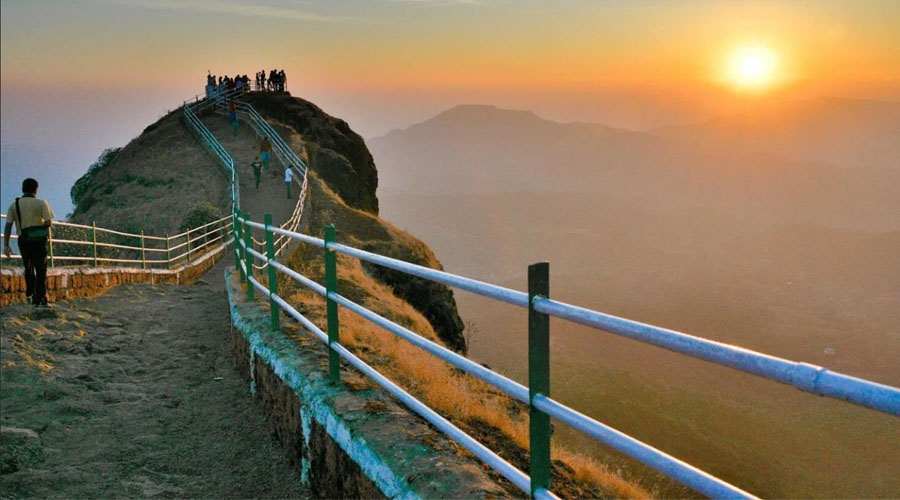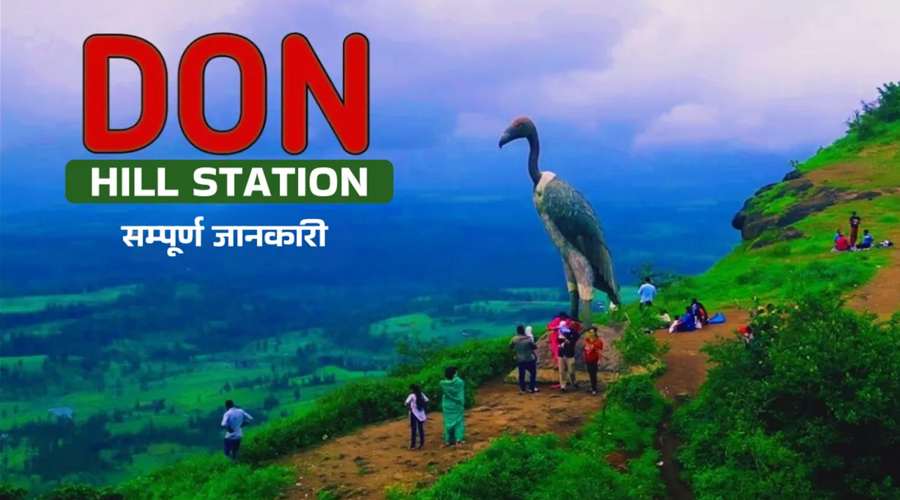Lonavala and Khandala are famously known as the twin hill stations of the Sahyadri mountain range in Maharashtra, India. These two scenic towns, sitting about 622 meters (2,041 feet) above sea level and only five kilometers apart, form a popular weekend getaway and vacation spot for residents of nearby metropolitan cities like Mumbai and Pune.
Nestled in the Sahyadri ranges that create a natural divide between the Deccan Plateau and the Konkan coast, Lonavala and Khandala occupy roughly 38 square kilometers together. They enjoy a pleasant climate year-round, with the monsoon season particularly enchanting when rain transforms the hills into lush, green landscapes and revives numerous waterfalls. This climatic charm drives tourism to peak levels during the monsoon months.
Geographical and Historical Context
Lonavala and Khandala are part of the Western Ghats, a UNESCO World Heritage site known for its rich biodiversity and significant ecological importance. The hill stations lie strategically on the Mumbai-Pune Expressway, making them very accessible to travelers by road or rail. Both towns are connected via local trains, and the nearest airports are Pune International Airport and Chhatrapati Shivaji Maharaj International Airport in Mumbai.
Historically, these hill stations have roots stretching back to ancient times, evident by the presence of rock-cut caves such as the Karla Caves, Bhaja Caves, and Bedsa Caves located near Lonavala. These are significant Buddhist sites carved out around 2,000 years ago, showcasing intricate architecture and serving as a link to the region’s cultural heritage. The forts of Lohagad and Visapur close to Lonavala also narrate tales of Maharashtra’s historic battles and defense strategies.
Tourist Attractions and Natural Beauty
Lonavala offers numerous points of interest for visitors. The Rajmachi Point provides breathtaking panoramic views over the valleys, while Lion’s Point, Tiger’s Leap, and Duke’s Nose rock formation are famed for their dramatic cliffs and vistas. Tungarli Lake and Valvan Dam are peaceful spots for nature enthusiasts.
Khandala, slightly quieter than its twin, is renowned for its serene environment and natural landmarks like the majestic Duke’s Nose and Bhushi Dam. Shooting Point and Pawna Lake are ideal for photography and tranquil retreats. Both hill stations feature picnic spots, trekking trails, and parks such as Ryewood Park, appealing to families and adventure seekers alike.
Visitors can also immerse themselves in local flavors by trying regional delicacies, with Mapro Garden in Lonavala being a popular place to taste strawberry-based treats and jams.
Recreational Activities and Itineraries
Due to their proximity to major cities, Lonavala and Khandala serve as accessible weekend or short-trip destinations. A typical itinerary might include a day for arrival and sightseeing in Lonavala—exploring caves, dams, and viewpoints—followed by a day dedicated to Khandala with visits to forts, lakes, and viewpoints. Many tourists extend their stay to soak in the monsoon atmosphere or engage in adventure sports like trekking and rappelling around Lohagad Fort and nearby hills.
The combination of natural beauty, serenity, historical sites, and close urban proximity makes these twin hill stations favorites for families, couples, solo travelers, and nature lovers.
Cultural and Environmental Significance
This region holds cultural significance as it reflects Maharashtra’s ancient Buddhist past and the Maratha empire’s glory through its caves and forts. Environmentally, it is vital as part of the Western Ghats ecosystem that supports diverse flora and fauna, some endemic to the region. Preservation efforts help maintain this fragile landscape, especially as tourism grows.
In summary, Lonavala and Khandala, the twin hill stations of the Sahyadris, blend natural splendor, historical richness, and accessibility to form a perfect getaway in Maharashtra. Their hills, lakes, caves, and forts offer visitors a variety of experiences ranging from peaceful retreats to adventurous pursuits, all set against the backdrop of the stunning Western Ghats.
This dual charm continues to attract millions who seek respite from city life in lush hills that are less than a three-hour drive from major urban centers, making them truly the jewels of the Sahyadri hills.


